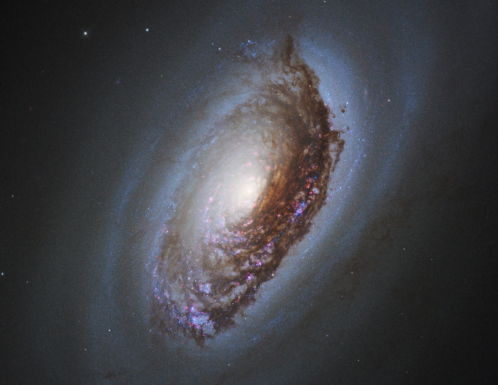Welcome to the March edition of Eyes on the Night Sky where we will give you the low-down on what to look out for during this month.
Darkness falls at around 7.45pm at the beginning of the month and 9.50pm at the end. This is because British Summer Time begins at 11.59 on 31st March.
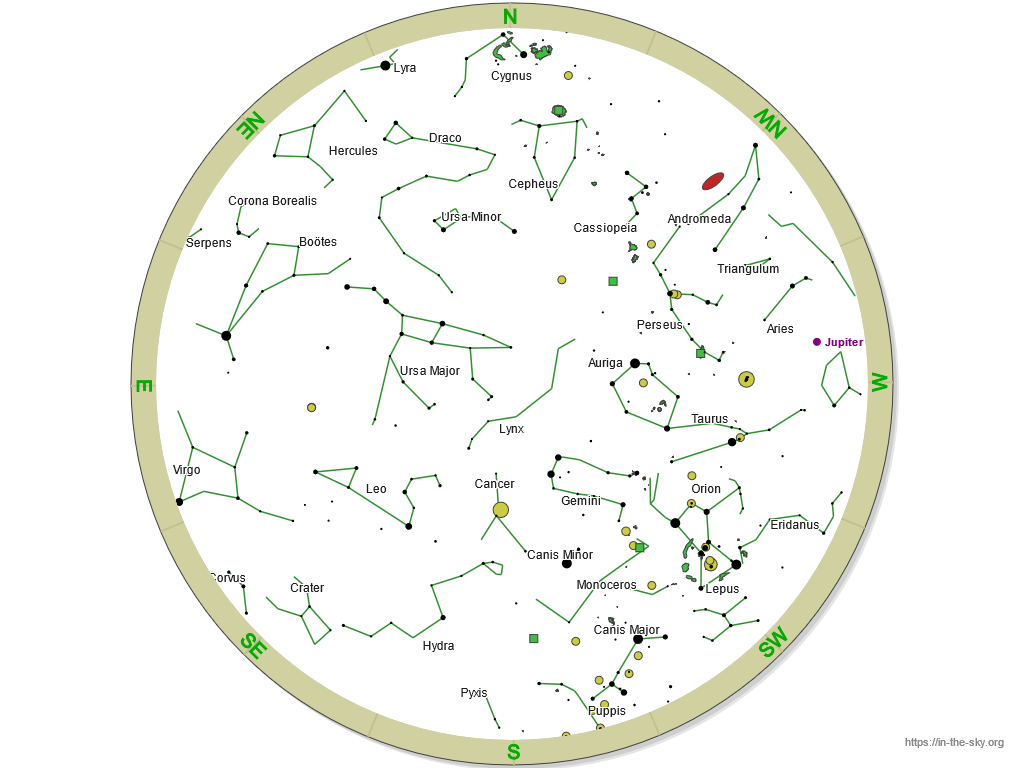
At 10pm, the constellations that are dominant in the night sky during March are Cancer the Crab which is directly south. Leo the Lion lies slightly east of Cancer, with Virgo the Virgin following in its stead. Boötes the Herdsman with the bright star Arcturus lies in the east. The ‘winter’ constellations of Orion, Taurus and Andromeda move to the west; the last time to enjoy these is before 31st March before the clocks fall forward.
The New Moon occurs in 10th March and the Full Moon on 25th March.
The Planets in March
Mercury will at greatest eastern elongation on 24th March. at around 19 degrees angular distance from the Sun. This maximum distance at this time, enables the viewer to see the planet with the unaided eye relatively high in the sky after sunset until 8.15pm when it sets in the West.
Jupiter is still visible after dark in March, setting at 11pm at the beginning of the month and setting at around 10.20pm at the end.
Viewing conditions are not idea for Venus this month as it sits low on the brightening eastern horizon in the morning.
Saturn and March will not be visible this month.
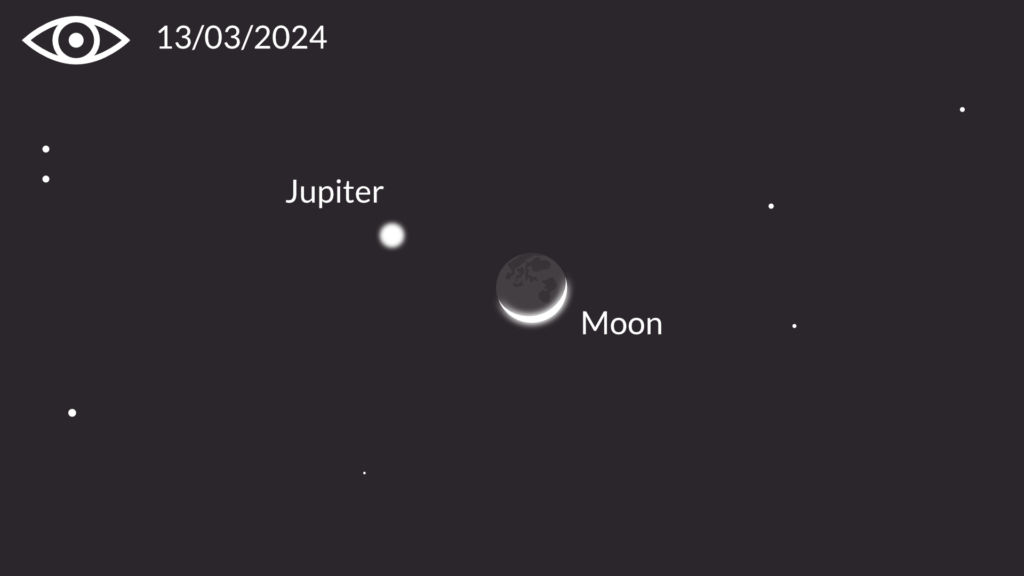
A conjunction of the Moon and Jupiter
On 13th March, there will be a conjunction of the Waxing Crescent Moon and Jupiter – you will be able to see the two objects emerge as the skies darken. During twilight, you might also spot Earthshine – the sun light cast by the earth’s surface onto the face of the unlit moon.
Zodiacal Light
Look out for the amazing Zodiacal Light, seen in dark sky areas such as the Elan Valley International Dark Sky Park and rural areas away from the light pollution of towns and cities. It emerges into the western sky about an hour after sunset. With dark adapted eyes, look out for a cone of light shining at an angle from the horizon upwards. It may look like a strong, artificial light is being shone upwards. It is thought to be a natural phenomenon caused by debris from comets and dust from asteroid collisions in our Solar System and can be seen during late February, and throughout the months of March and April.
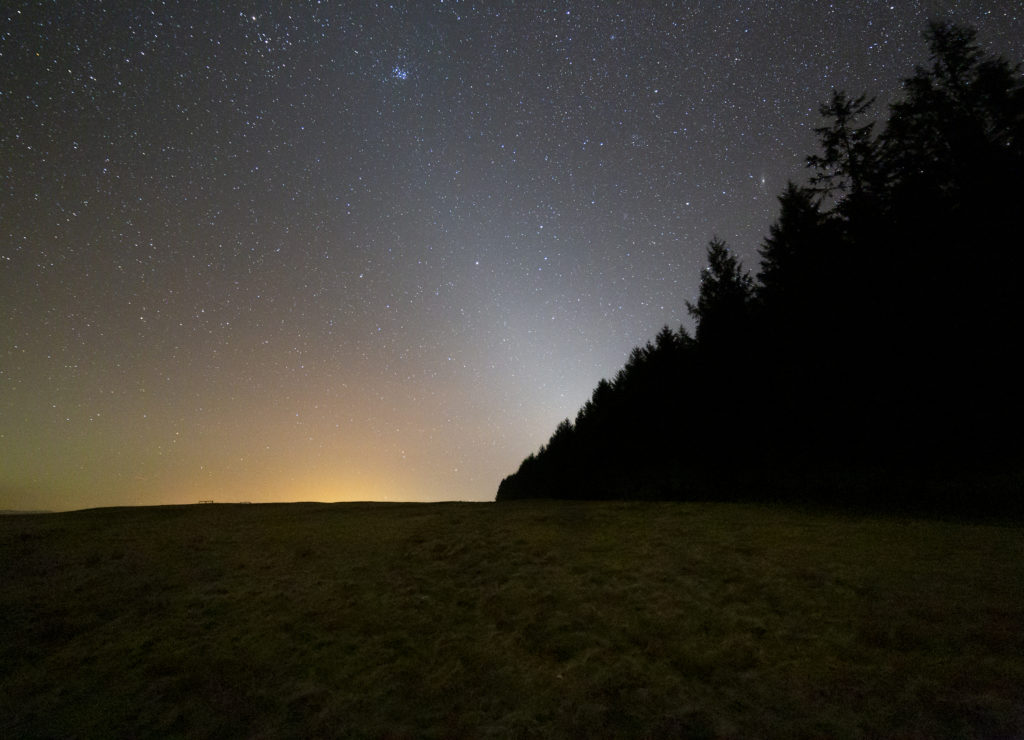
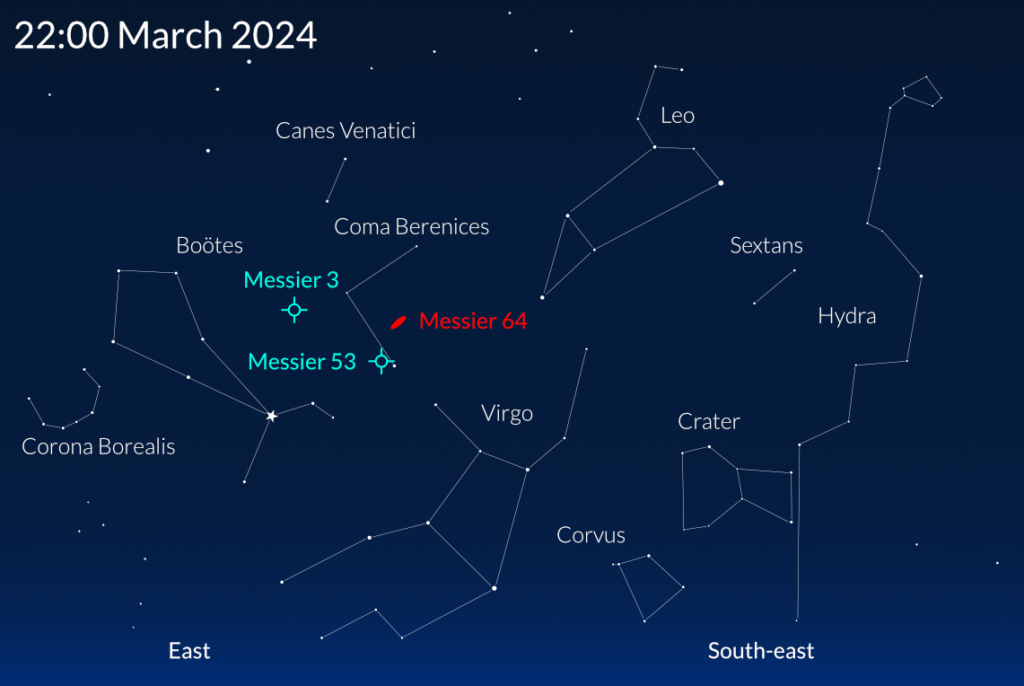
Use your telescopes to discover two globular clusters and an interesting galaxy in the constellation of Coma Berenices, which will be well placed in the night sky at midnight.
The stars in Coma Berenices are quite dim and difficult to find so you will need an urban/rural – rural sky to find it. Find the ‘backward question mark’ which represents the proud head of Leo and look directly eastwards for the bright star Arcturus, which is in the constellation of Boötes. Dark-adapted eyes are required to see the three bright stars that make up the right angle -shaped asterism that makes up Coma Berenices.
Please note, the photographs published below are taken with light-sensitive cameras through telescopes and does not represent what you will see.
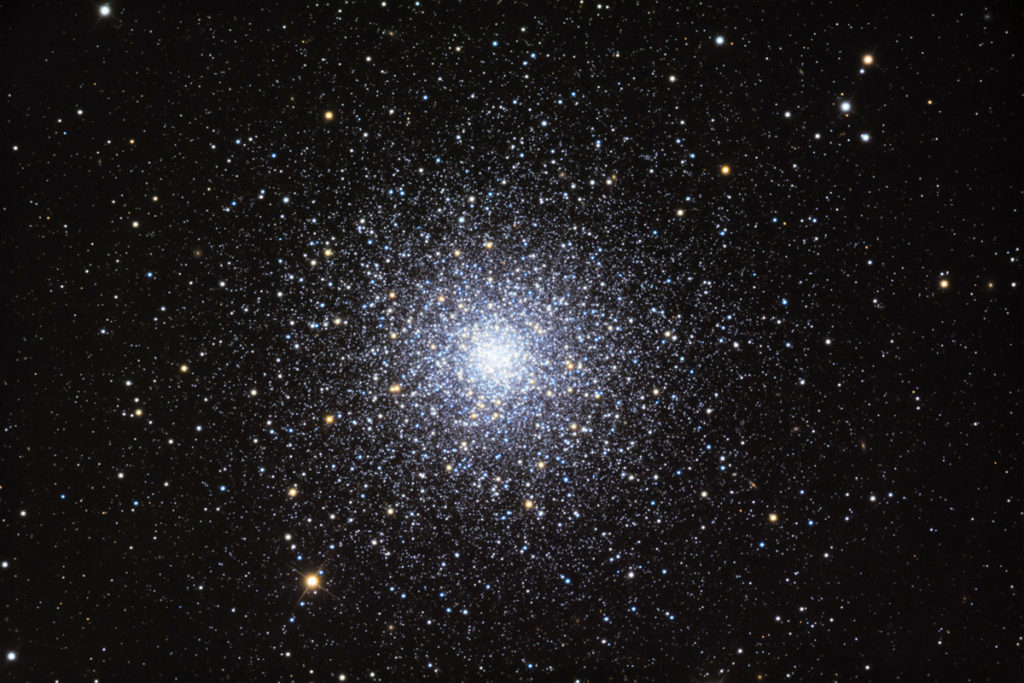
Messier 3
RA |13h 42m 11.62s
Dec | +28° 22′ 38.2″
Messier 3 is a globular cluster and rivals the splendour of the more popular Great Hercules Cluster (M13). It looks spectacular through telescopes of 8 inches aperture and above and it’s easy to believe this cluster contains over a staggering half-million stars. Situated 34,000 light years from Earth, this object can also be seen with binoculars.
Messier 53
RA | 13h 12m 55.25s
Dec | +18° 10′ 05.4″
Messier 53 is a second globular cluster in Coma Berenices, situated 58,000 light years away, making it one of the most distant globular clusters on Earth. This cluster contains up to 500,000 stars. It doesn’t appear as detailed in telescopes due to its sheer distance.
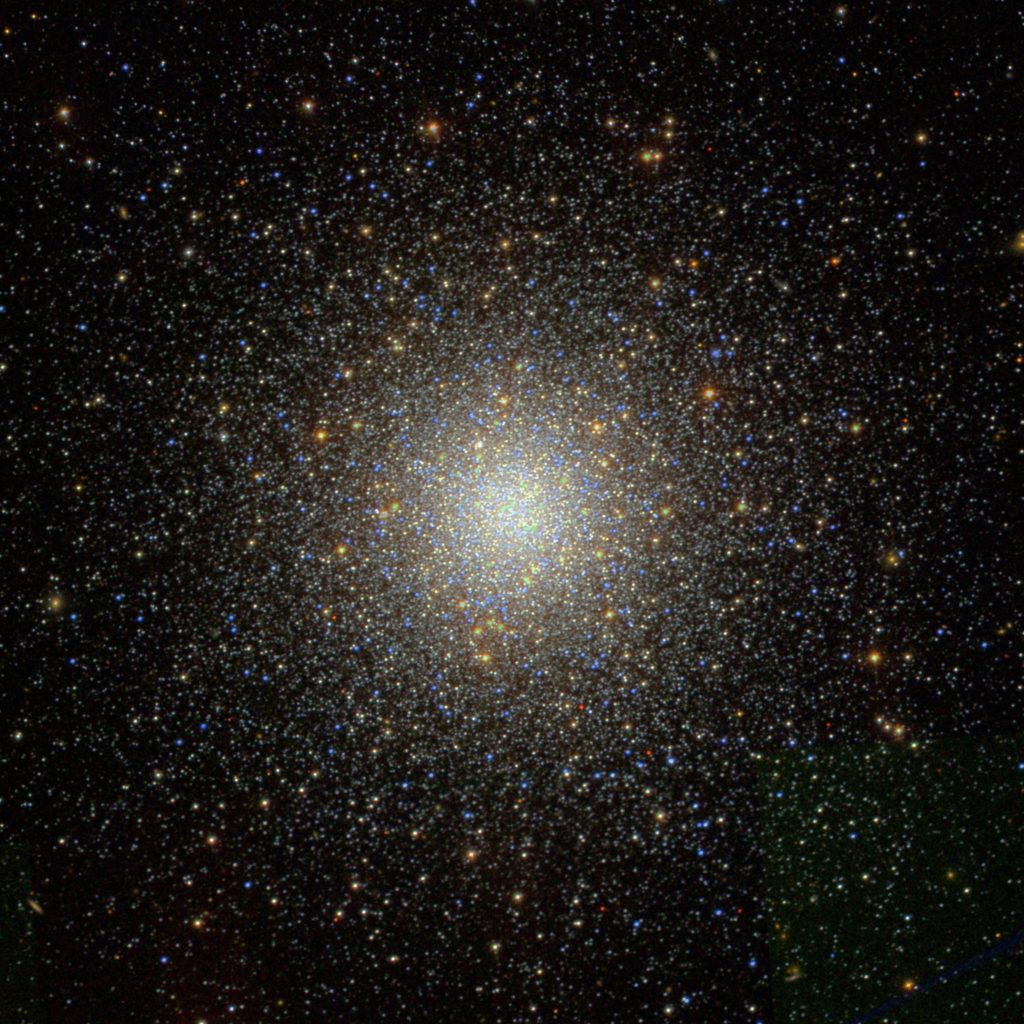
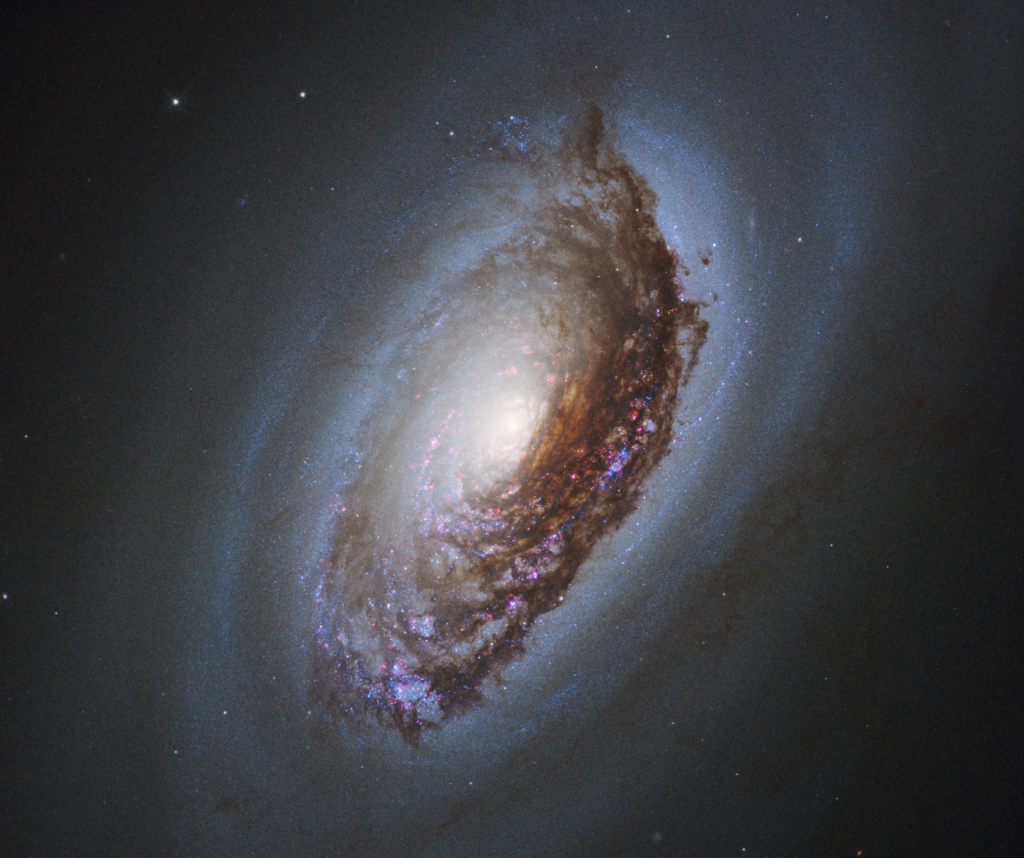
Messier 64 – Black Eye Galaxy
RA | 12h 56.7m
Dec | +21° 41´
The Black Eye Galaxy (M64) lies in the heart of Coma Berenices and is 24 million light years away from Earth. This is an object that can be studied in smaller telescopes and is intriguing due to its unusual behaviour: the outer regions of the galaxy rotate in the opposite direction from its core. The reason for this phenomenon is not fully known, but experts speculate that it could have been a result of a smaller galaxy merging with M64. In between the inner and outer regions of this galaxy is an area of active star formation.
Under dark skies and great observing conditions, the dark dust lane can be seen through telescopes of four inches aperture and above. Larger telescopes will reveal the galaxy’s outer halo.
